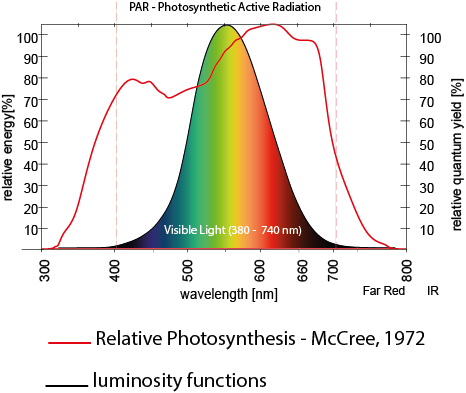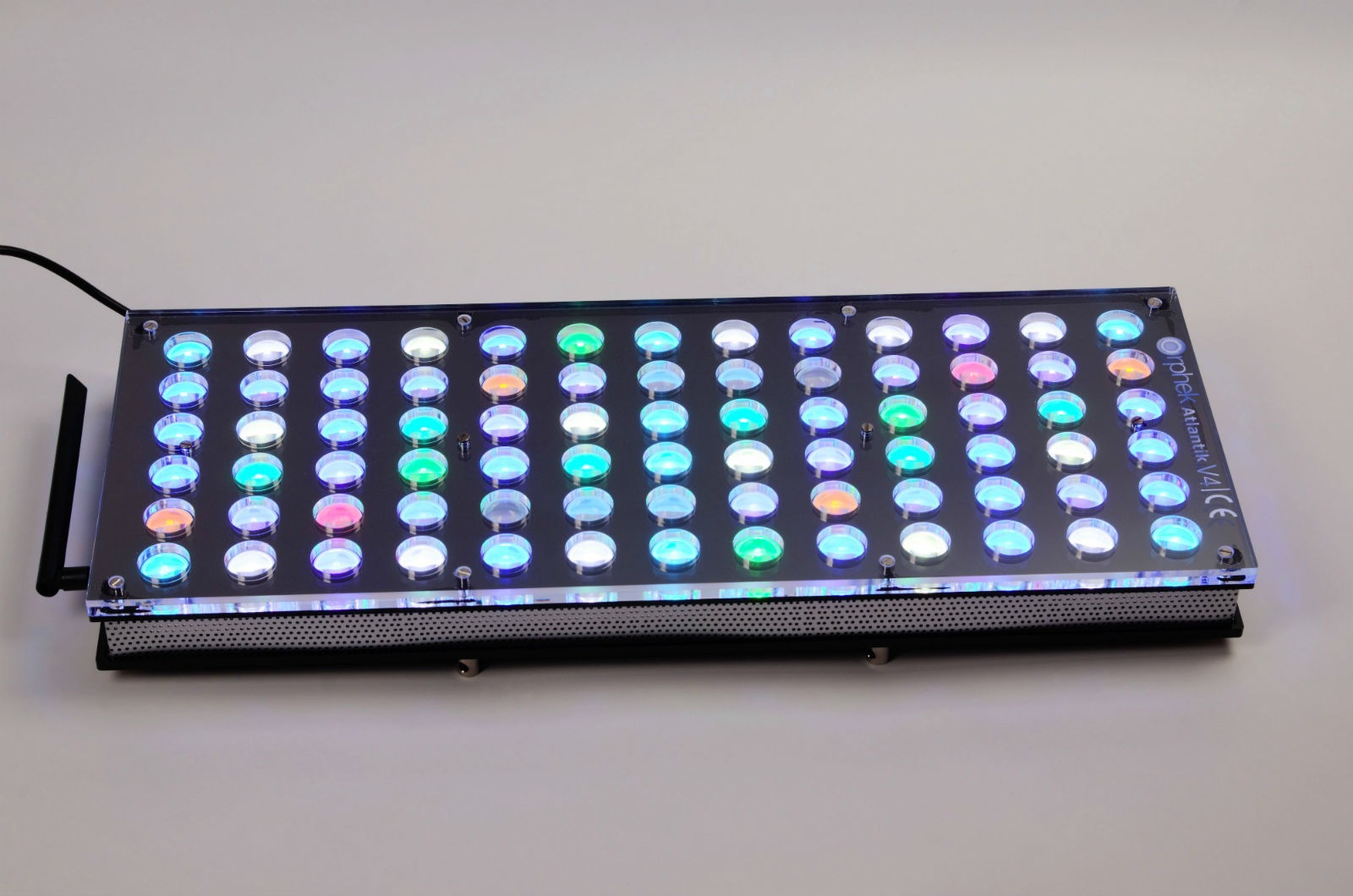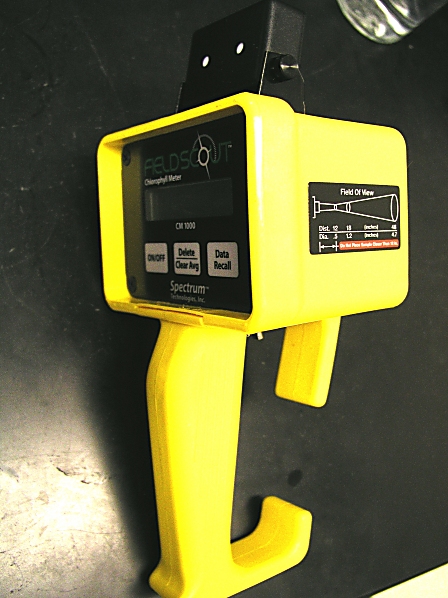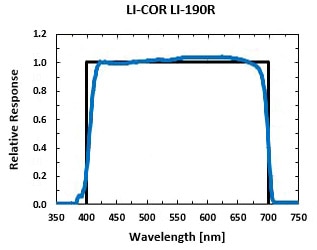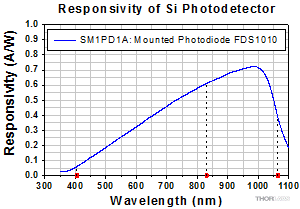- Joined
- Aug 14, 2019
- Messages
- 834
- Reaction score
- 4,741
It seems that 3W LED have quite a lot less lumen output going from 1W to 3W percentage wise. Mainly the LED other than white and what we are mostly concerned. The blues and violet.


as can be seen from 1W to 3W the average blue value seems to change from 40 lumen to 55lumen. Which is almost nothing. Seems like 37.5% increase for 200% power increase. This means a crap load of heat if I'm understand this right. OR am I missing something. Are the PAR values not reflect this,
@Dana Riddle or anyone with a PAR meter,
Does 1W to 3W LED PAR values sort of same? For example:- does under a 1W blue light it change from say 30 PAR to 40-45 PAR under 3W LED ?
This would be soo helpfuly in understanding how much of Energy we waste if it is the case. Thanks
as can be seen from 1W to 3W the average blue value seems to change from 40 lumen to 55lumen. Which is almost nothing. Seems like 37.5% increase for 200% power increase. This means a crap load of heat if I'm understand this right. OR am I missing something. Are the PAR values not reflect this,
@Dana Riddle or anyone with a PAR meter,
Does 1W to 3W LED PAR values sort of same? For example:- does under a 1W blue light it change from say 30 PAR to 40-45 PAR under 3W LED ?
This would be soo helpfuly in understanding how much of Energy we waste if it is the case. Thanks




